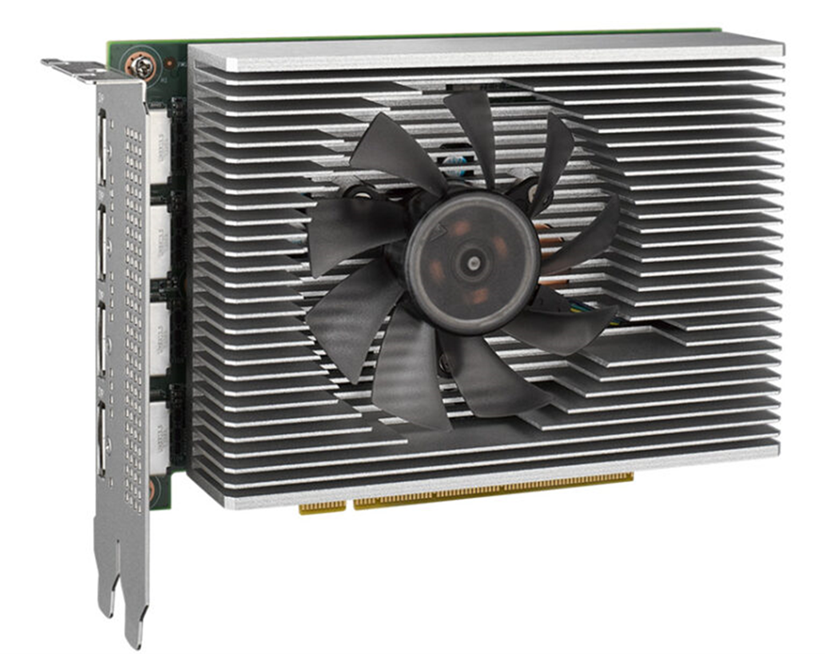Intel is maximizing the potential of its Arc design, while supporting the technology for at least five years, ensuring customer confidence in future GPU purchases. Despite the delay in launching Battlemage GPUs, Intel surprised with six new Alchemist Arc GPUs targeted at a different market segment. These GPUs, based on the Intel Xe architecture, offer AI acceleration, visual computing, and media processing capabilities, supporting applications like the OpenVINO tool kit. The range includes the high-performance Arc A7xxE GPU for tasks like facial recognition, the immersive Arc 5xxE GPU, and the energy-efficient Arc 3xxE GPU series. Presently, six SKUs are available, with varying Xe-core configurations. Memory specifications for some models are yet to be confirmed by Intel.

What do we think? Intel is doing the right things. It is squeezing every bit of life out of the Arc design, albeit with the added burden of supporting the technology for at least five years. At the same time, it establishes a beachhead, and the probability of customers buying the next-gen GPU from Intel is quite high. And given the PC refresh system, five years doesn’t seem that long.
Intel has six new Alchemist Arc GPUs for range of markets
It has been over two years since Intel introduced its Arc Alchemist GPUs. The launch began with Intel’s Arc A3 series, its smallest ACM-Gll GPU with up to eight Xe-cores. Intel was expected to launch its Battlemage GPUs in 2024, so these repurposed older GPUs are a bit of a surprise. At the Embedded conference in Nuremberg, Germany, the company introduced six new Alchemist Arc GPUs released for a different market segment.
Based on the Intel Xe architecture, the company says its Arc Edge-application GPUs offer AI acceleration, visual computing, and media processing. They can be used with AI applications such as the OpenVINO tool kit. Intel says the Arc A7xxE GPU offers exceptional performance for facial recognition and conversational speech tasks. Meanwhile, the Intel Arc 5xxE GPU offers immersive visual experiences and AI inferencing capabilities. The Intel Arc 3xxE GPU series, equipped with up to 6GB of GDDR6 memory, is suitable for low-power and small form factor designs. Currently, six SKUs are available, ranging from six Xe-cores (Arc A310E) to 24 Xe-cores (Arc A750E). Intel has not yet confirmed the memory specifications for the A580E and A750E models.
| A310E | A350E | A370E | A380E | A580E | A750E | |
| Xe-cores | 6 | 6 | 8 | 8 | 24 | 28 |
| GPU Clock (MHz) | 2,000 | 1,150 | 1,550 | 2,000 | 1,700 | 2,050 |
| Int8 TOPS | 49 | 28 | 38 | 66 | 167 | 235 |
| FP16 TFLOPS | 24.6 | 14.1 | 25.4 | 32.8 | 83.6 | 117.6 |
| GDDR6 | 4GB | 4GB | 4GB | 6GB | TBD | TBD |
| Mem BW (GB/s) | 112 | 112 | 112 | 186 | TBD | TBD |
| TDP (W) | 75 | 25-35 | 35-50 | 75 | 185 | 225 |
Intel’s E GPUs are designed for 5-year longevity. (Source: Intel)
Additional features of Arc on Edge include reduced latency, which makes real-time responses possible without the delay of sending data back and forth to the cloud. Local processing improves bandwidth efficiency, reducing the need to send large amounts of data to the cloud and saving bandwidth. Plus, privacy and security allow sensitive data to remain on the device or premises.
Advantech showcased the new E GPUs at the conference.
Intel also introduced its Meteor Lake CPU series, equipped with Arc Alchemist integrated graphics, capable of powerful video encoding and supporting the latest graphics APIs. With the updated Alchemist embedded GPUs in the Arc Axx0E series, existing systems can now be upgraded to newer GPU architecture.